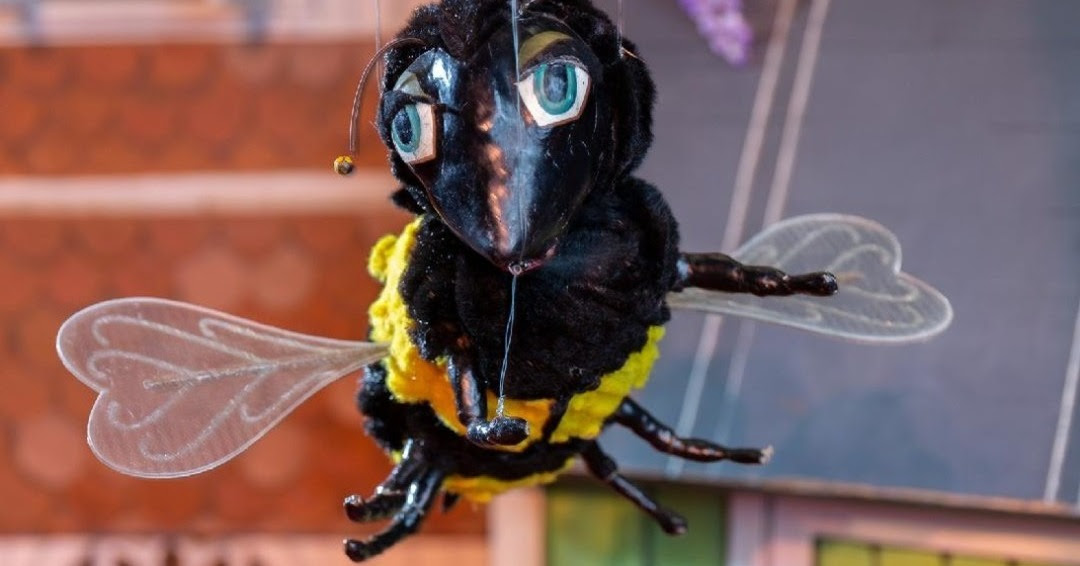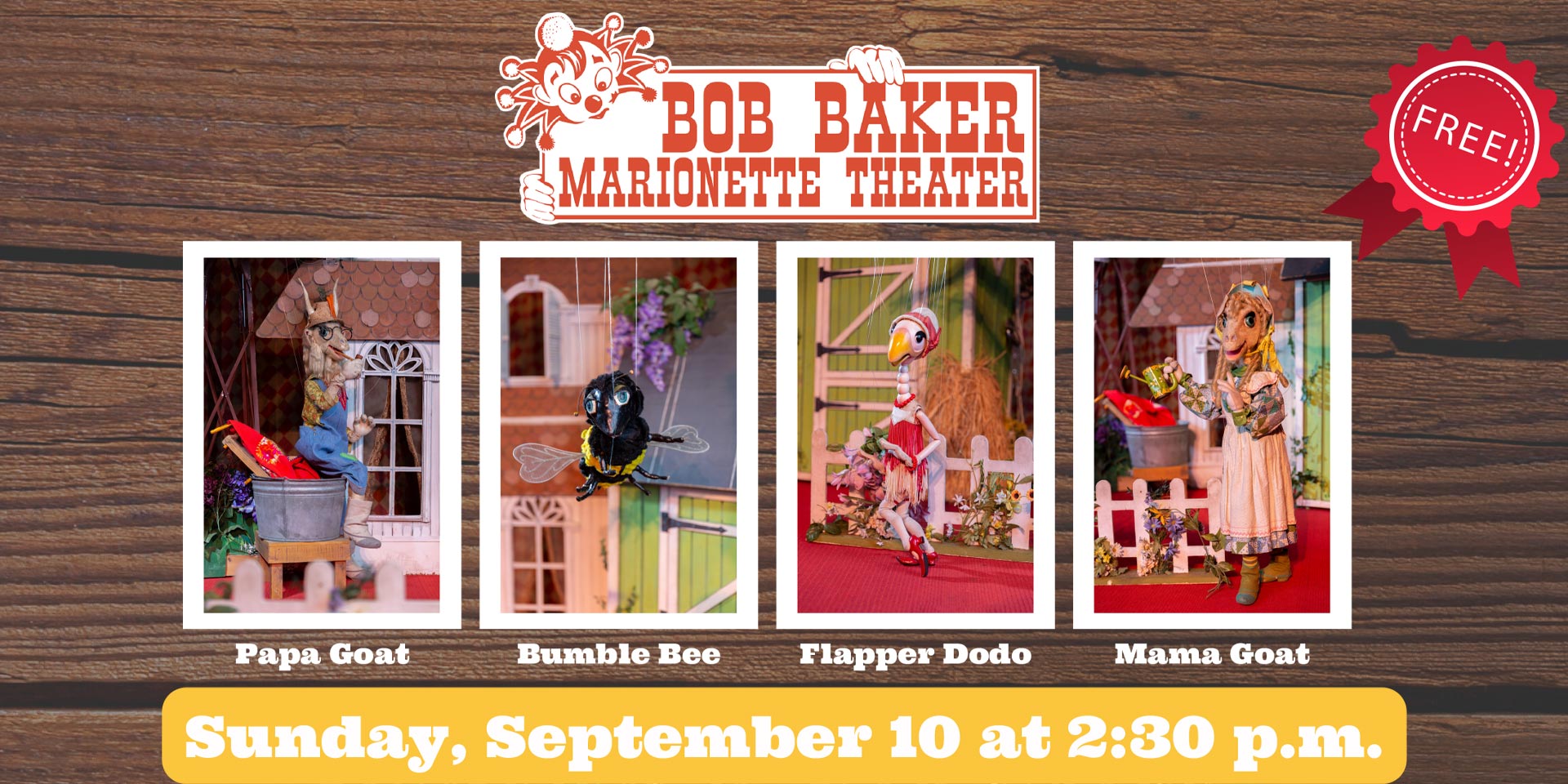Source: Los Angeles Times November 27, 2005 | Noam N. Levey | Times Staff Writer
On a dusty, hot summer afternoon in South Los Angeles, 13-year-old Joseph Robinson and 9-year-old Franklin Flores are in a favorite place — huddled in front of a computer terminal playing RuneScape together.
For the boys, one black and one Latino, the new Ascot branch library at Florence Avenue and Main Street is their daily meeting place, a refuge from a gritty neighborhood where interracial tensions recently sparked violence at a local high school.
In the Pico-Union neighborhood, older residents go to their new branch for a library-sponsored Coffee and Conversation, which brings together strangers to talk about Iraq, immigration or whatever topic may be in the news.
And in Chinatown, dozens of immigrants flock to the 2 1/2 -year-old branch for a weekly citizenship class at which, between gossiping with friends, the students prepare for the test by shouting out answers to questions about the Constitution, communism and the Supreme Court.
This is the new face of public libraries in Los Angeles — versatile and thoroughly modern places that have fueled a 70% explosion in library usage over the last decade.
It was not always so. For years, cramped and crumbling branches testified to a civic purpose sapped by riots, tax revolts and urban decay.
Today, Los Angeles is nearing the completion of a $317-million modernization program to build and renovate 63 branch libraries, finishing them on time and under budget. Librarians from as far away as Singapore and Sweden have come to see what the city has accomplished.
How Los Angeles rebuilt its libraries is more than just a public works success story.
In an atomized city where social isolation is almost a civic credo, the rebirth of branch libraries appears to reflect another side of the metropolis, both more prosaic and more humane. Libraries are filling a demand for community.
These public institutions are encouraging ties between immigrants and their new city as well as helping to bridge divisions of class and race with the simple act of bringing Angelenos together in safe, beautiful spaces.
“Perhaps we ought not to make too much of a library. It doesn’t make the poor un-poor. It doesn’t heal the sick,” said D.J. Waldie, a writer and longtime observer of Los Angeles. “But libraries are a charmed place…. And it may be that while Los Angeles values many things, from gated communities to exposed flesh, it also values communal places where people can find books.”
In South Los Angeles, Eric Johnson, a well-dressed 17-year-old senior, said he spends nearly every day at the Ascot branch.
Johnson, who heads the Black Student Union at Jefferson High School, has seen up close the tensions pulling at his neighborhood. A food fight at Jefferson last April turned into a racial melee.
“This is neutral territory,” Johnson said of the branch.
Sharing a scruffy corner with a Winchell’s doughnut shop and an auto parts store, the neatly landscaped, sleekly modern Ascot branch seems as incongruous as its mission is ambitious.
Inside, there are hopeful signs for those willing to overlook noise and horseplay that would have horrified an earlier generation of librarians.
On one side of the wide-open branch, painted shades of purple and decorated with neon lights, boys in a racially mixed group cluster around a computer to admire 9-year-old Edward Sanchez’s skill at blasting helicopters out of the sky as he dexterously plays Heli Attack 3.
Across the library, 9-year-olds Kelven Menchu, who is Latino, and Daquan Walker, who is black, sit at neighboring computer terminals and compare hot-rod designs on a game called Hot Wheels.
“People come here and they have to communicate with others,” Johnson said. “They have to respect one another.”
Los Angeles was once thought to embody that kind of optimism.
When city voters approved a bond in 1957 to build and expand 28 branch libraries, schools and universities, highways and subdivisions were being built for tens of thousands of Easterners and Midwesterners streaming into the Southland.
But in the decades that followed, the sheen came off the public libraries much as congested roads, smoggy air and racial violence tarnished the city’s shimmering place in the national imagination.
By the 1980s, branch libraries had fallen victim to earthquake damage and years of tight budgets. Circulation stagnated.
In 1986, a devastating arson fire at the downtown Central Library damaged more than a million books.
The disaster was a turning point.
“I think people in Los Angeles really realized the value of what had been lost,” said former City Librarian Susan Kent, one of the visionaries behind the branch library construction program. “The library really emerged phoenix-like from the ashes.”
Civic leaders put together a proposal to add new libraries to the San Fernando Valley for the first time in more than a generation and to renovate more than a dozen aging branches.


